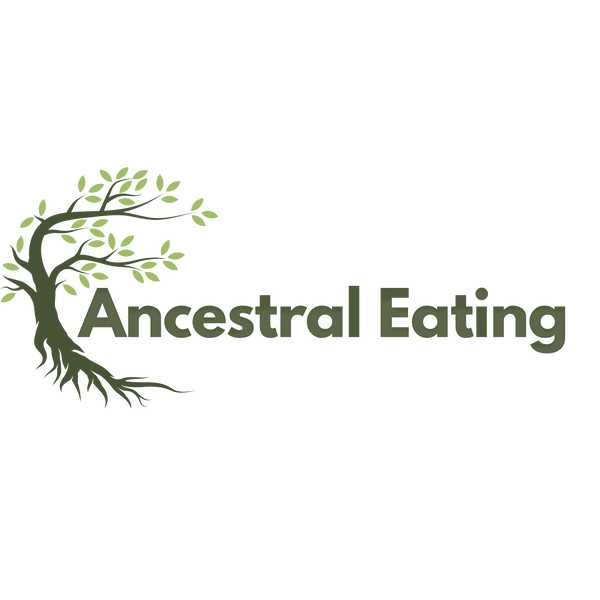Cameroon, often referred to as "Africa in Miniature," has a rich culinary history shaped by its diverse geography and ethnic groups. Over the past 500 years, the food culture has evolved, influenced by indigenous practices, trade with neighboring regions, and colonial rule. Below is a broad overview of foods and culinary practices in Cameroon.
Staples:
- Cassava: Consumed in various forms including boiled cassava, "fufu," and "gari" (fermented cassava flour).
- Yam: Often boiled, fried, or pounded into "fufu."
- Corn: Used in dishes like corn porridge and "koki" (corn pudding).
- Plantains: Eaten boiled, grilled, or fried.
- Rice: Cooked plain or as jollof rice, a popular West African dish.
Proteins:
- Fish: Both freshwater and saltwater fish are commonly eaten, particularly in the coastal regions.
- Chicken: Often grilled or used in stews.
- Beef and Goat: Commonly used in stews or grilled as skewers.
- Bushmeat: Various types of bushmeat, including antelope, snails, and even porcupine, are consumed, especially in rural areas.
Vegetables:
- Okra: Used in soups and stews.
- Bitterleaf: Often used in traditional dishes like "ndole."
- Eggplant, Tomatoes, and Peppers: Widely used in stews and sauces.
Legumes:
- Beans: Used in a variety of dishes, from bean soups to bean cakes.
- Groundnuts (Peanuts): Used in soups and as a snack.
Spices and Condiments:
- Maggi cubes: A modern but widespread seasoning used in many dishes.
- Pepper: Both black pepper and hot peppers are commonly used.
- Garlic and Ginger: Used for seasoning in various dishes.
Traditional Dishes:
- Ndole: A stew made from nuts, ndoleh leaves (bitterleaf), and fish or meat.
- Achu: A dish from the western region that includes cocoyam (taro) and a yellow soup made from palm oil and spices.
- Eru: A forest vegetable that is cooked with waterleaf, palm oil, and either fish or meat.
Beverages:
- Palm Wine: A traditional alcoholic beverage.
- Corn Beer: Locally brewed in some areas.
- Hibiscus Juice: Known as "bissap" in some regions.
Historical Influences:
- German and French Colonial Rule: Influenced the introduction of foods like bread, potatoes, and more complex pastries.
- Trade Routes: Trade with neighbors and far-off lands brought in new culinary techniques and ingredients, including spices.
Modern Influences:
- Globalization: Urban centers now offer a range of international foods, including Chinese, French, and Middle Eastern cuisines.
- Health Trends: As in many countries, there is an increasing awareness of nutrition and a growing market for health foods.
Cameroon's diverse culinary landscape reflects its varied geography and the rich cultural tapestry of its many ethnic groups. Over the last 500 years, the food has evolved to include new ingredients and techniques but has maintained its traditional roots.






